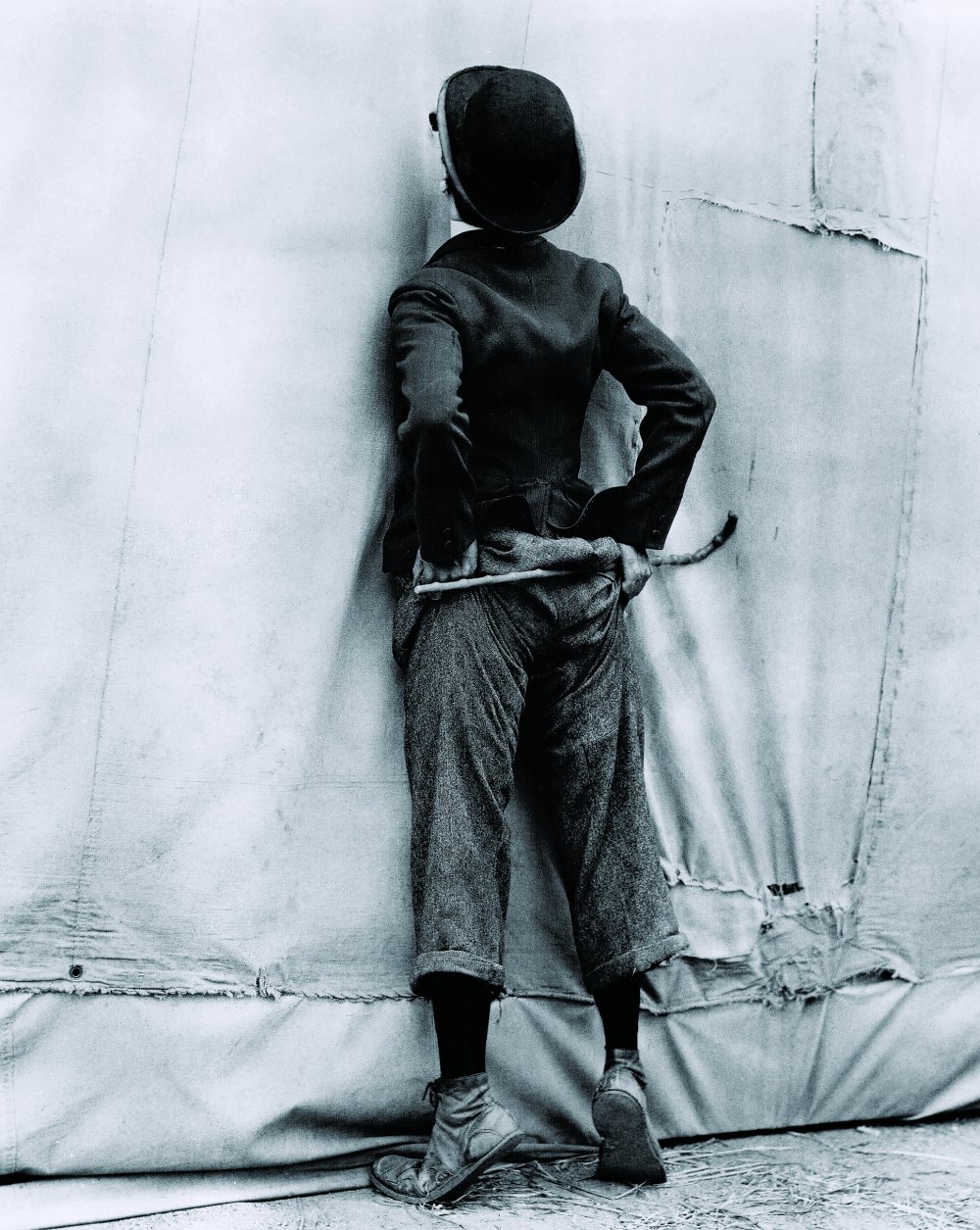
He sees what’s happening in the world as something both pitiless and inexplicable. And he takes this for granted. His energy is concentrated on the immediate, on getting by and on finding a way out to something a bit brighter. He has observed that there are many circumstances and situations in life which occur and reoccur and are therefore, despite their strangeness, familiar. Since early childhood he has been familiar with dictums, jokes, hints of advice, tricks of the trade, dodges, which refer to these recurrent daily puzzles of life. And so he faces them with a proverbial foreknowledge of what he’s up against. He’s seldom nonplussed.
Here are some of the axioms of the proverbial foreknowledge he has acquired:
- The arse is the centre of the male body; it’s where you first kick your opponent, and it’s what you most frequently fall on when knocked down.
- Women are another army. Watch above all their eyes.
- The powerful are always hefty and nervous.
- Preachers love only their own voices.
- There are so many disabled around that wheelchairs may need a traffic controller.
- The words are missing to name or explain the daily run of trouble, unmet needs and frustrated desire.
- Most people have no time of their own yet they don’t realise this. Pursued, they pursue their lives.
- You, like them, count for nothing, until you step aside and stick your neck out; then your companions will stop short and gaze in wonder. And in the silence of that wonder there is every conceivable word of every mother tongue. You’ve created a hiatus of recognition.
- The ranks of men and women possessing nothing or almost nothing can offer a spare hole of exactly the right size for a little fellow to hide in.
- The digestive system is often beyond our control.
- A hat is not a protection from the weather; it’s a mark of rank.
- When a man’s trousers fall down it’s a humiliation; when a woman’s skirts are uplifted it’s an illumination.
- In a pitiless world a walking stick may be a companion.
Other axioms apply to location and settings.
- To enter most buildings money – or evidence of money – is required.
- Staircases are slides.
- Windows are for throwing things or climbing through.
- Balconies are posts from which to scramble down or from which to drop things.
- Wild nature is a hiding place.
- All chases are circular.
- Any step taken is likely to be a mistake, so take it with style to distract from the probable shit.
Something like this was part of the proverbial knowledge of a kid, around ten years old – ten the first time your age has two numerals – hanging out in South London, in Lambeth, at the very beginning of the 20th century.
A lot of this childhood was spent in public institutions, first a workhouse and then a school for destitute children. Hannah, his mother, to whom he was deeply attached, was incapable of looking after him. During much of her life she was confined to a lunatic asylum. She came from a South London milieu of music-hall performers.
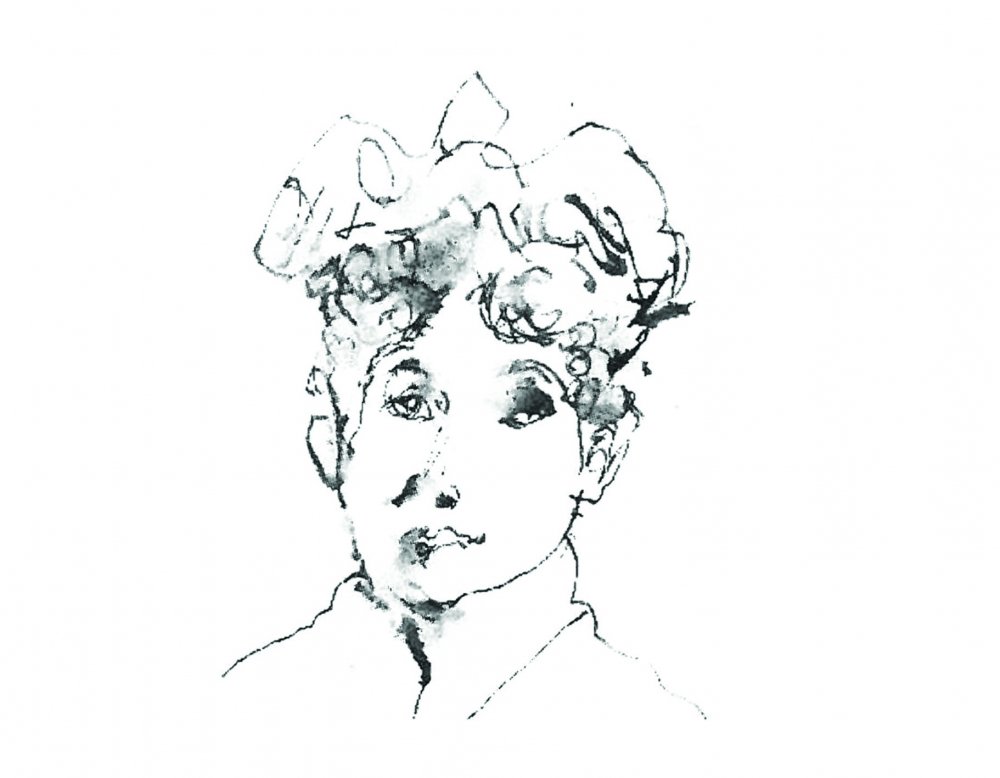
Public institutions for the destitute, such as workhouses and schools for derelict children resembled, still resemble, prisons, in the way they are organised and in the way they are laid out. Penitentiaries for Losers. When I think of the ten-year-old kid and what he experienced, I think of the paintings of a certain friend of mine today.
Michael Quanne, until he was in his 40s, spent more than half his life in prison, sentenced for repeated petty larcenies. Whilst in prison he began to paint.
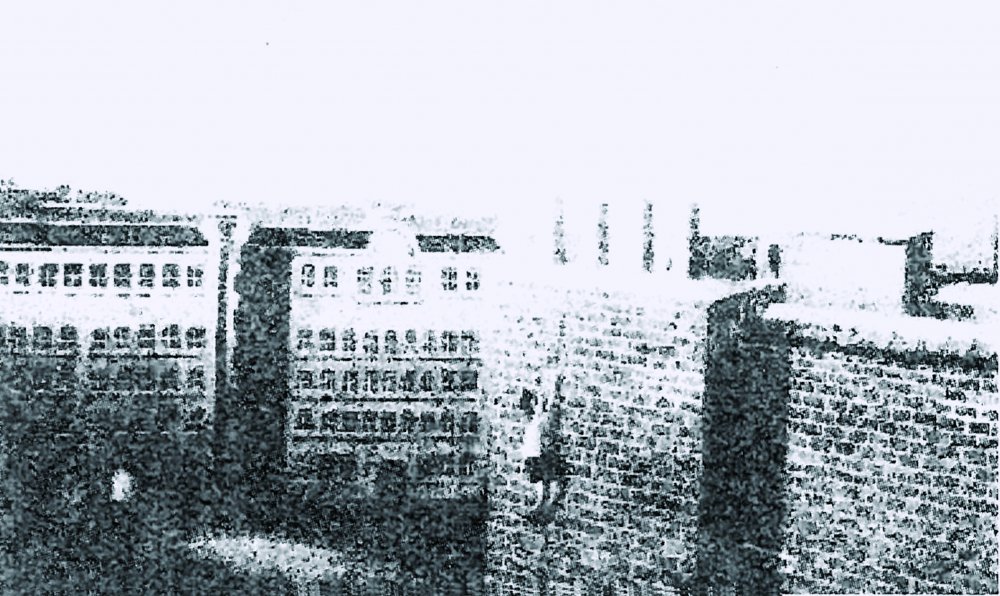
His subjects are stories of happenings in the outside free world, as seen and imagined by a prisoner. A striking feature of these paintings is the anonymity of the places, of the locations depicted in them. The imagined figures, the protagonists are vivid, expressive and energetic, but the street-corners, the imposing buildings, the exits and entrances, the skylines and alleyways, among which the figures find themselves, are barren, faceless, lifeless, indifferent. Nowhere is there a hint or trace of any mother-touch.
We are looking at places in the outside world through the transparent but impenetrable and pitiless glass of a window in a prison-cell.
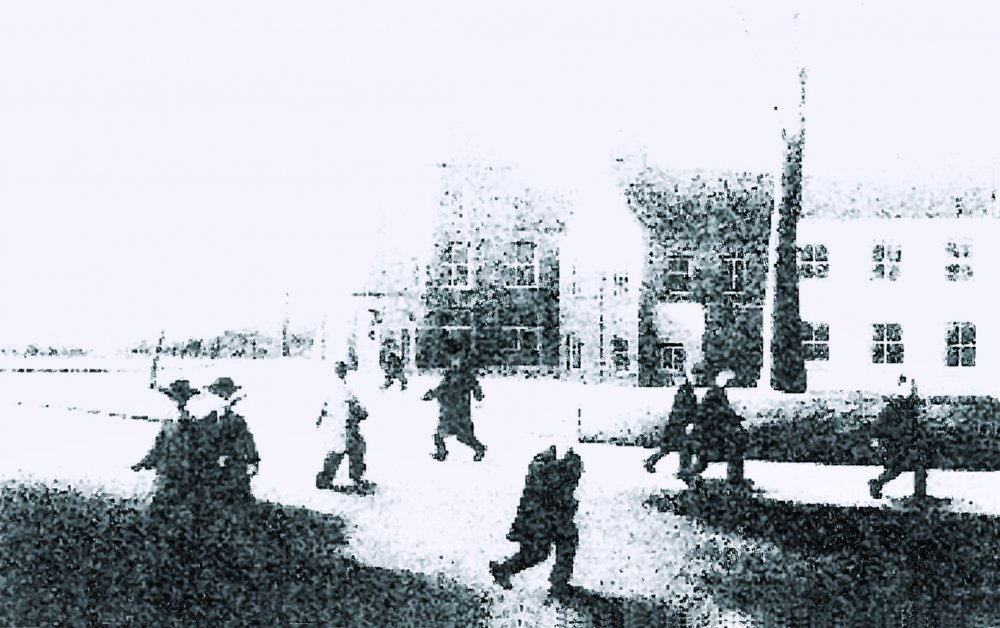
The ten-year-old grows up to be an adolescent and then a young man. Short, very thin, with piercing blue eyes. He dances and sings. He also mimes. He mimes inventing elaborate dialogues between the features of his face, the gestures of his fastidious hands and the air surrounding him, which is free and belongs nowhere. As a performer he becomes a master pickpocket, hoicking laughter out of pocket after pocket of confusion and despair. He directs films and plays in them. Their sets are barren, anonymous and motherless.
Dear Reader, you’ve guessed whom I’m referring to, haven’t you? Charlie Chaplin, The Little Fellow, The Tramp.
While his team were shooting The Gold Rush in 1924, there was an agitated discussion going on in the studio about the storyline. And a fly kept distracting their attention, so Chaplin, furious, asked for a swatter and tried to kill it. He failed. After a moment the fly landed on the table beside him, within easy reach. He picked up the swatter to swipe at it, then abruptly stopped and put down the swatter. When the others asked “Why?”, he looked at them and said: “It isn’t the same fly.”
A decade earlier Roscoe Arbuckle, one of Chaplin’s favourite ‘hefty’ collaborators, remarked that his mate Chaplin was a “complete comic genius, undoubtedly the only one of our time who will be talked about a century from now.”
The century has passed and what ‘Fatty’ Arbuckle said has turned out to be true. During that century the world deeply changed – economically, politically, socially. With the invention of ‘talkies’ and the new edifice of Hollywood, the cinema also changed. Yet the early Chaplin films have lost none of their surprise or humour or bite or illumination. More than that, their relevance seems closer, more urgent than ever before: they are an intimate commentary on the 21st century in which we are living.
How is this possible? I want to offer two insights. The first concerns Chaplin’s proverbial view of the world as described above, and the second concerns his genius as a clown, which paradoxically owed so much to the tribulations of his childhood.
Today the economic global tyranny of speculative financial capitalism, which uses national governments (and their politicians) as its slave-masters, and the world media as its dope-distributor, this tyranny whose sole aim is profit and ceaseless accumulation, imposes on us a view and pattern of life which is hectic, precarious, merciless and inexplicable. And this view of life is even closer to the ten-year-old’s proverbial view of the world than was life at the time the early Chaplin films were shot.
In this morning’s newspapers there is a report that Evo Morales, the uncynical and relatively open-hearted president of Bolivia has proposed a new law which will make it legal for kids to start working as soon as they are ten years old. Nearly a million Bolivian kids are already doing so in order to contribute to their families having enough to eat. His law will grant them a little legal protection.
Six months ago, in the sea around the Italian island of Lampedusa, 400 immigrants from Africa and the Middle East were drowned in an unseaworthy boat whilst trying to enter Europe clandestinely in the hope of finding jobs. Across the planet 300 million men, women and children are looking for work in order to have the minimal means for survival. The Tramp is no longer singular.
The extent of the apparently inexplicable increases day by day. The politics of universal suffrage have become meaningless because the discourse of national politicians no longer has any connection with what they do or can do. The fundamental decisions determining today’s world are all being taken by financial speculators and their agencies, who are nameless and politically speechless. As the ten-year-old presumed: “Words are missing to name or explain the daily run of trouble, unmet needs and frustrated desire.”
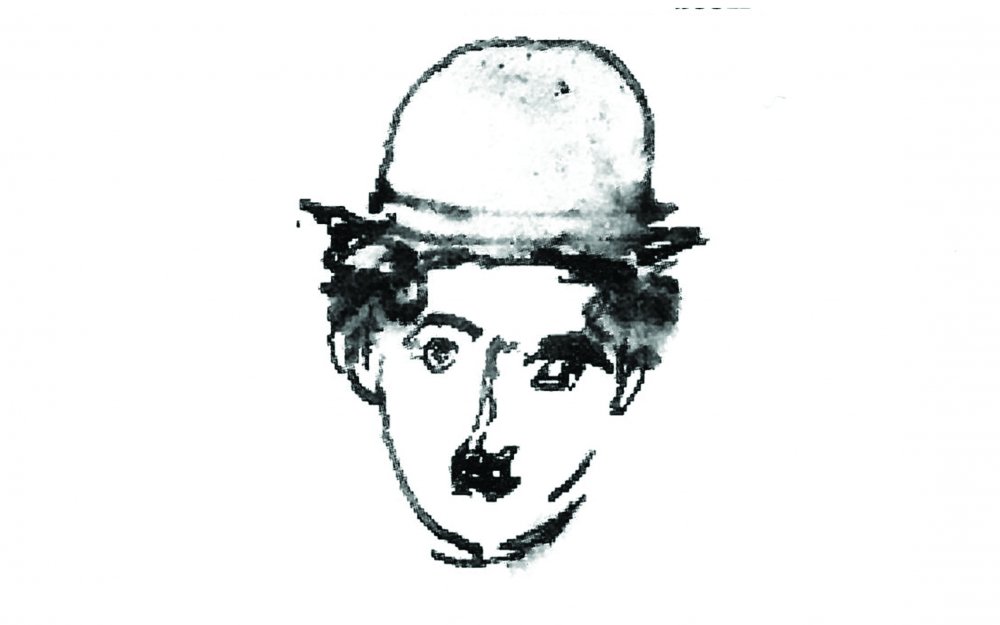
The clown knows that life is cruel. The ancient jester’s motley brightly coloured costume was already a joke about his usually melancholy expression. The clown is used to loss. Loss is his prologue.
The energy of Chaplin’s antics is repetitive and incremental. Each time he falls, he gets back on to his feet as a new man. A new man who is both the same man and a different man. After each fall the secret of his buoyancy is his multiplicity.
The same multiplicity enables him to hold on to his next hope although he is used to his hopes being repeatably shattered. He undergoes humiliation after humiliation with equanimity. Even when he counter-attacks, he does so with a hint of regret and with equanimity. Such equanimity renders him invulnerable – invulnerable to the point of seeming immortal. We, sensing this immortality in our hopeless circus of events, acknowledge it with our laughter.
In Chaplin’s world Laughter is immortality’s nickname.

There are photos of Chaplin when he was in his mid-80s. Looking at them one day I found the expression on his face familiar. Yet I didn’t know why. Later it came to me. I checked it out. His expression is like Rembrandt’s in one of his last self-portraits: Self-portrait as Zeuxis Laughing.
“I’m only a little nickel comedian,” he says. “All I ask is to make people laugh.”
-
The 100 Greatest Films of All Time 2012

In our biggest ever film critics’ poll, the list of best movies ever made has a new top film, ending the 50-year reign of Citizen Kane.
Wednesday 1 August 2012
-
The Digital Edition and Archive quick link
Log in here to your digital edition and archive subscription, take a look at the packages on offer and buy a subscription.




